Demand-side Inflation Is Best Described as
The aggregate demand curve is best defined as depicting the a. The term demand-pull inflation usually describes a widespread phenomenon.
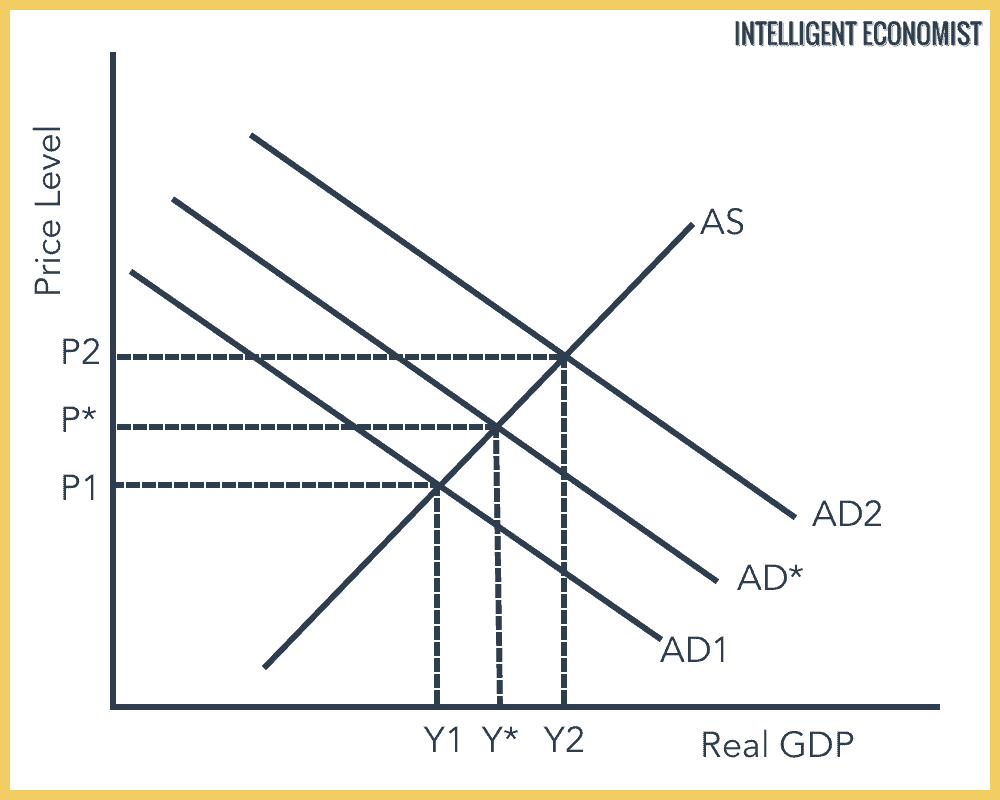
Demand Pull Inflation Intelligent Economist
This may get controlled by monetary policy measures.
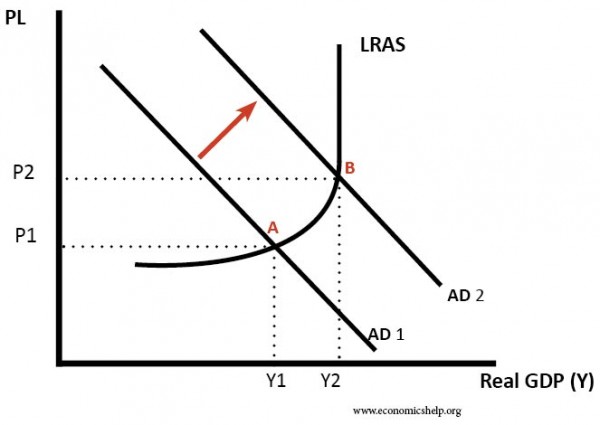
. On the other hand contractionary demand side policies are used in times of. Its opposite is deflation a downward movement in the average level of prices. In response to rising demand instead of increasing supply of.
Demand-pull inflation results from an excess of aggregate demand relative to aggregate supply. The main causes of inflation are either excess aggregate demand AD economic growth too fast or cost push factors supply-side factors. D the nations economy as a whole.
Demand Pull Inflation is commonly described as too. Inflation is an increase in the price of a basket of goods and services that is representative of the economy as a whole. Price inflation occurs for a variety of reasons.
Demand side policies can either be expansionary where the aim is to increase aggregate demand within the economy or contractionary where the aim is to decrease aggregate demand within the economy. Demand-side economics is the theory that economic growth is. Quantity of goods and services demanded during a given time period at different interest rates b.
Macroeconomics is best described as the study of A the relationship between inflation and wage inequality. Demand Pull Inflation is defined as an increase in the rate of inflation caused by the Aggregate Demand curve. Demand-pull inflation refers to situations where there are not enough products or services being produced to keep up with demand causing their prices to increase.
Demand Pull Inflation involves inflation rising as real Gross Domestic Product rises and unemployment falls as the economy moves along the Phillips Curve. Central banks such as the United States Federal Reserve set their fiscal policy to maintain a consistent inflation rate typically around two percent per year. Expansionary demand side policies are used in times of lownegative economic growth eg.
Demand side economics is sometimes called inflation economics demand side growth is accompanied by an increase in prices which offsets that growth. The next day Mr. B very large issues.
DFall in the value of the pound dollar euro etc. Demand-pull inflation is a tenet of Keynesian economics that describes the effe. A persistent rise in the general level of prices CToo much money chasing too few goods.
This is known as cost-push inflation. This is called demand side inflation. We can use macroeconomic analysis to A study the choices made by households.
C relative prices are changing but the purchasing power of the dollar is unchanged. Supply-side economics is the theory that economic growth is best achieved through policies that encourage increased output or supply. Inflation is best described as a situation in which A relative prices are changing.
What is the difference between demand side inflation and supply side inflation. C the choices made by individual households firms and governments. Lets get back to the story.
That is when consumer demand outpaces the available supply of many types of consumer goods demand-pull inflation sets in forcing an overall increase in the cost of living. It is the most common cause of inflation. Quantity demanded exceeds quantity supplied.
Cost-Push Inflation vs. For example the 2008 stimulus enacted by George W. Inflation is the phenomenon of steadily higher prices.
D the average of all prices are on a sustained rise over a period of time. Demand-side economics refer to the theory that the demand for goods and services drives economic activity. A rise in prices B.
The first occurs when your costs of supplying that product increase and you pass the increase along to the customer. Quantity demanded equals quantity supplied at a unique price level. Is termed as Demand tside inflation which is also known as Demand-pull inflation.
Bush happened at the same time as an increase in the price of oil to 140barrel though this was also heavily influenced by issues in international trade. There are four main drivers behind inflationAmong them are cost-push inflation or the decrease in the aggregate supply of goods and. In other words inflation is an upward movement in the average level of prices as defined in Economics by Parkin and Bade.
For example consider a popular product where demand for the product outstrips supply. The second more common cause is that demand for the product at the current price exceeds the available supply. B some prices are rising faster than others.
The slope of aggregate demand equals the slope of aggregate supply. Quantity of goods and services demanded at different price levels during different time periods. So what is supply side inflation.
As a result of which demand for goods and services increases. Idea Shankar comes up with an idea. After the meeting one of the parents Mr.
Equilibrium of aggregate supply and aggregate demand is best described as a situation in which. A core characteristic of demand-side economics is aggregate demand. C understand why economies grow.
Idea Shankar calls on a few competitors of the Ice Cream Parlor and tips them of the huge business potential in their. When the supply of money in the economy increases people have more money available which in turn increases their purchasing power. Controlled inflation is a sign of economic growth.
In a healthy economy prices rise over time. Inflation is best described as.
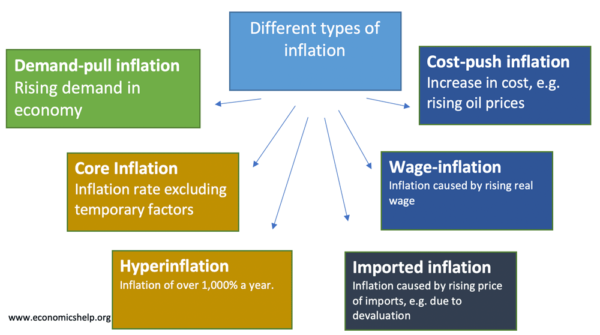
Different Types Of Inflation Economics Help
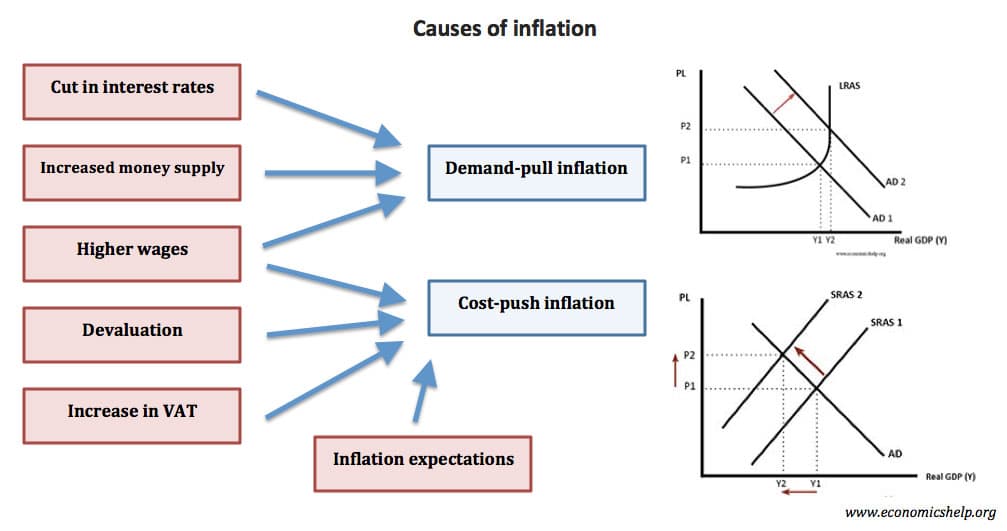
Causes Of Inflation Economics Help
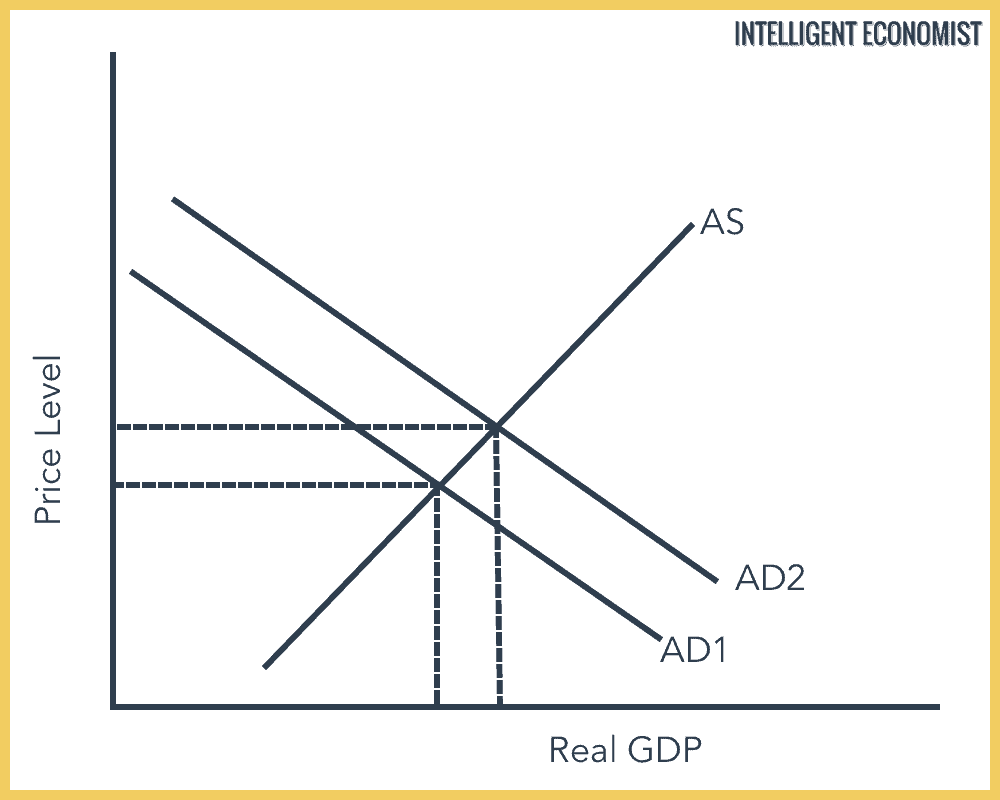
No comments for "Demand-side Inflation Is Best Described as"
Post a Comment